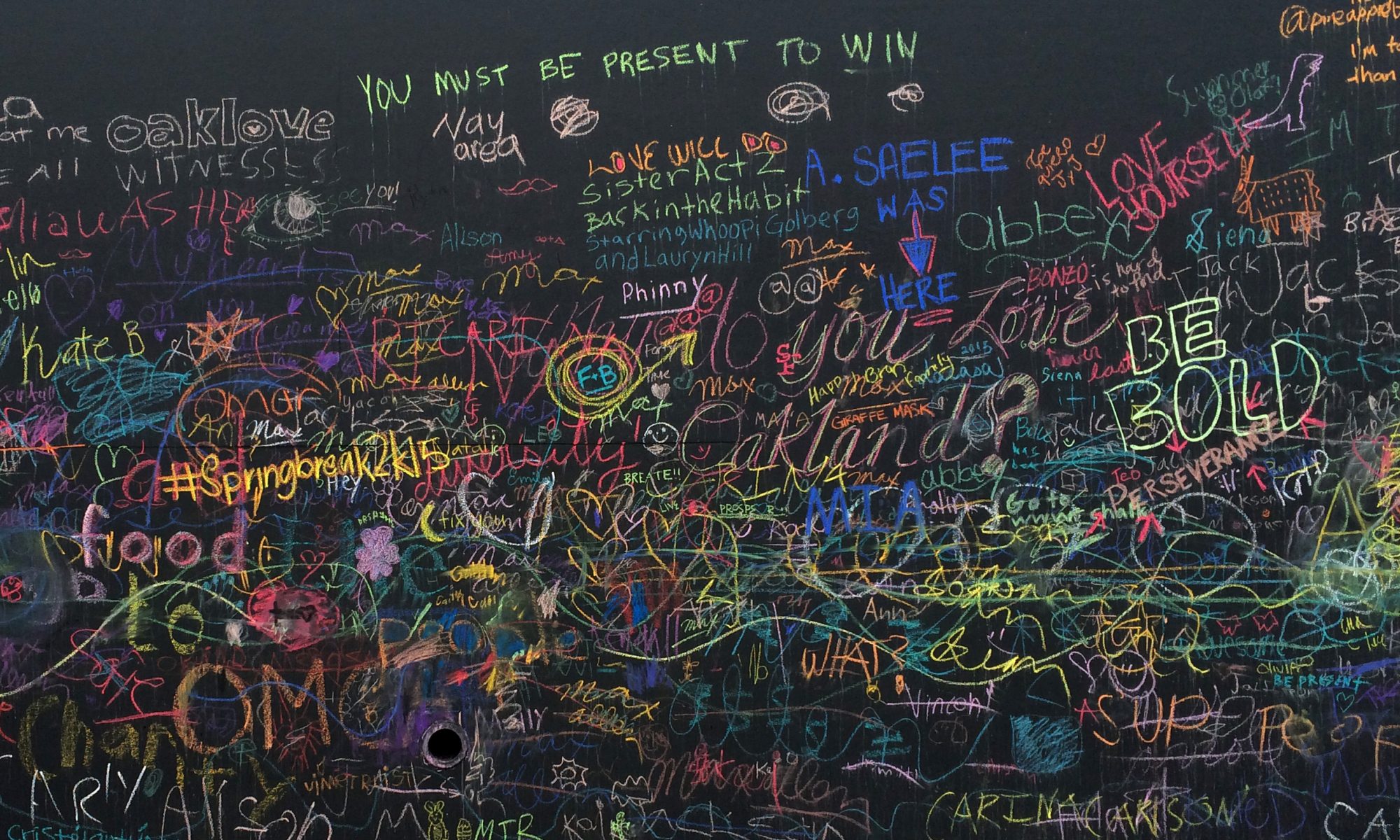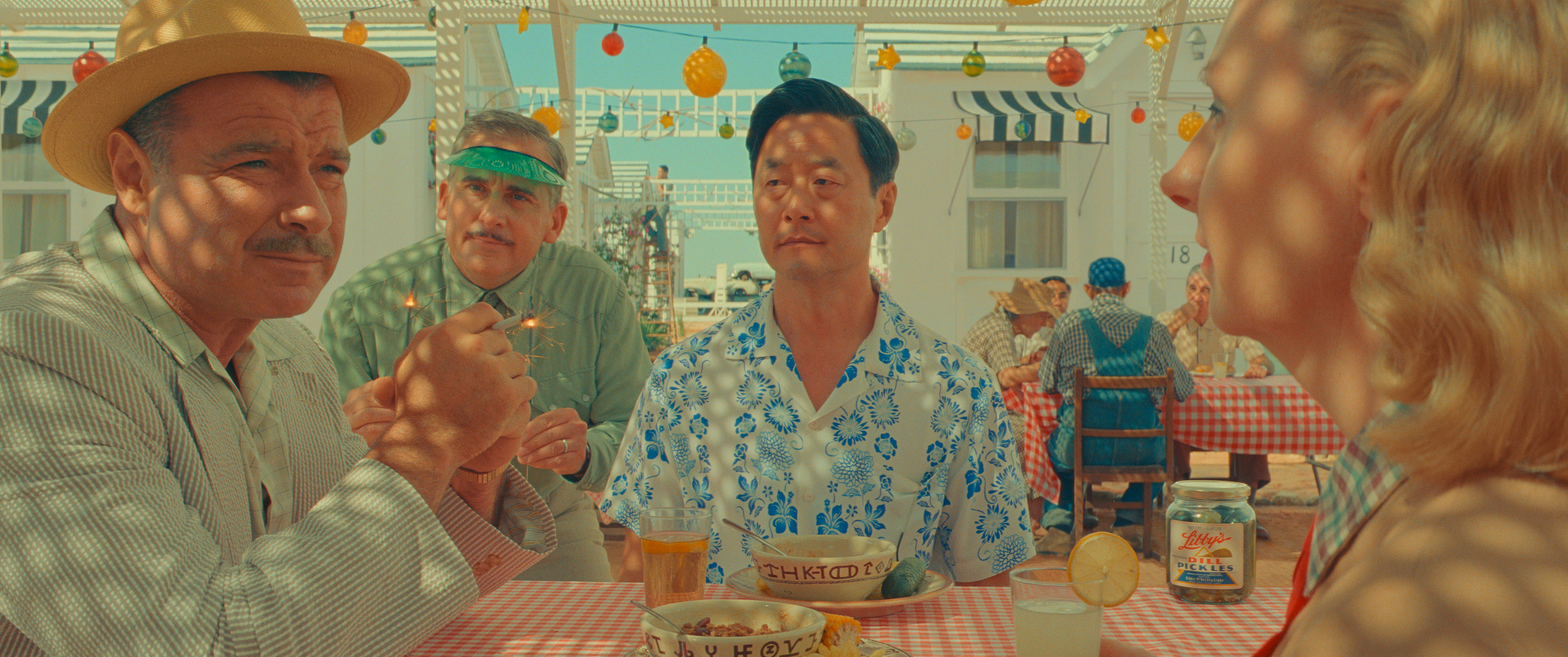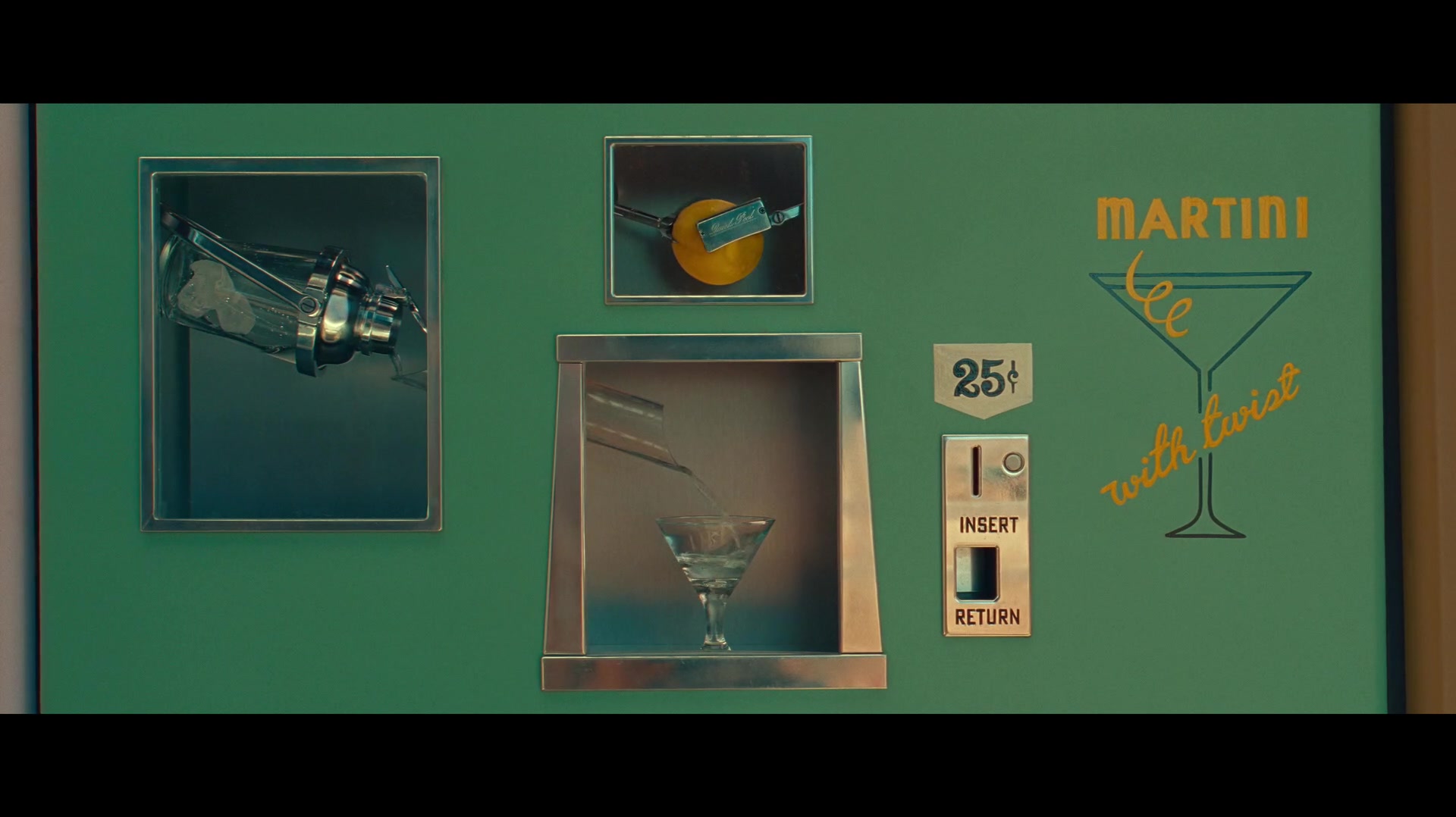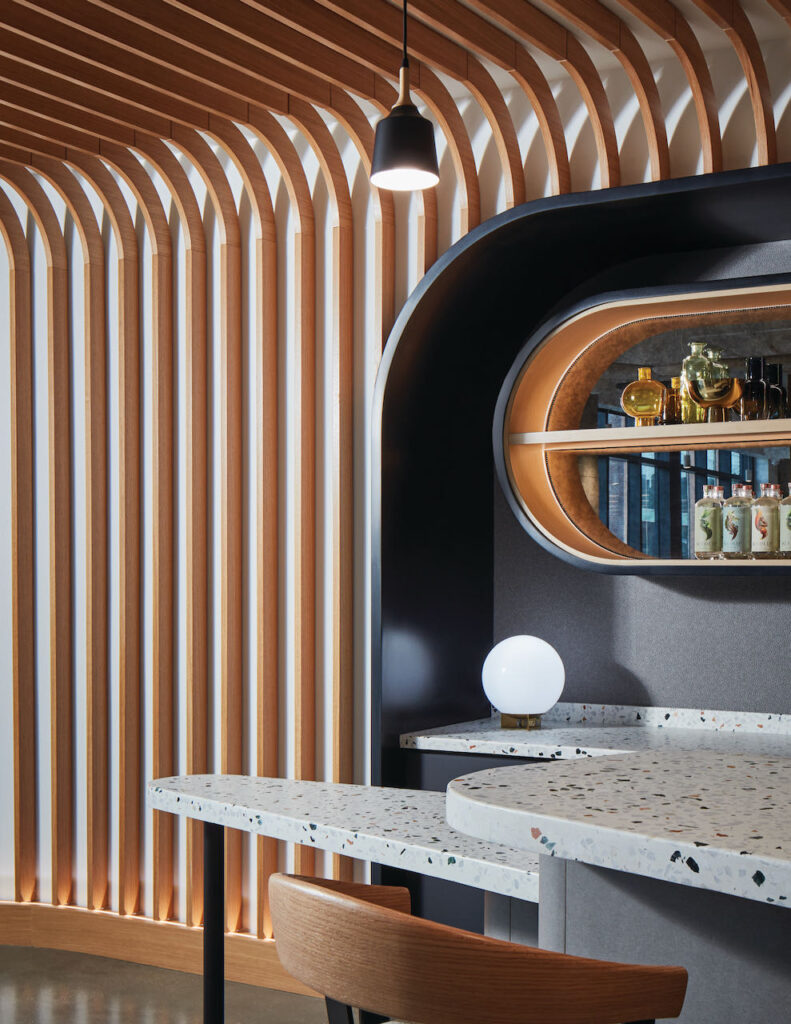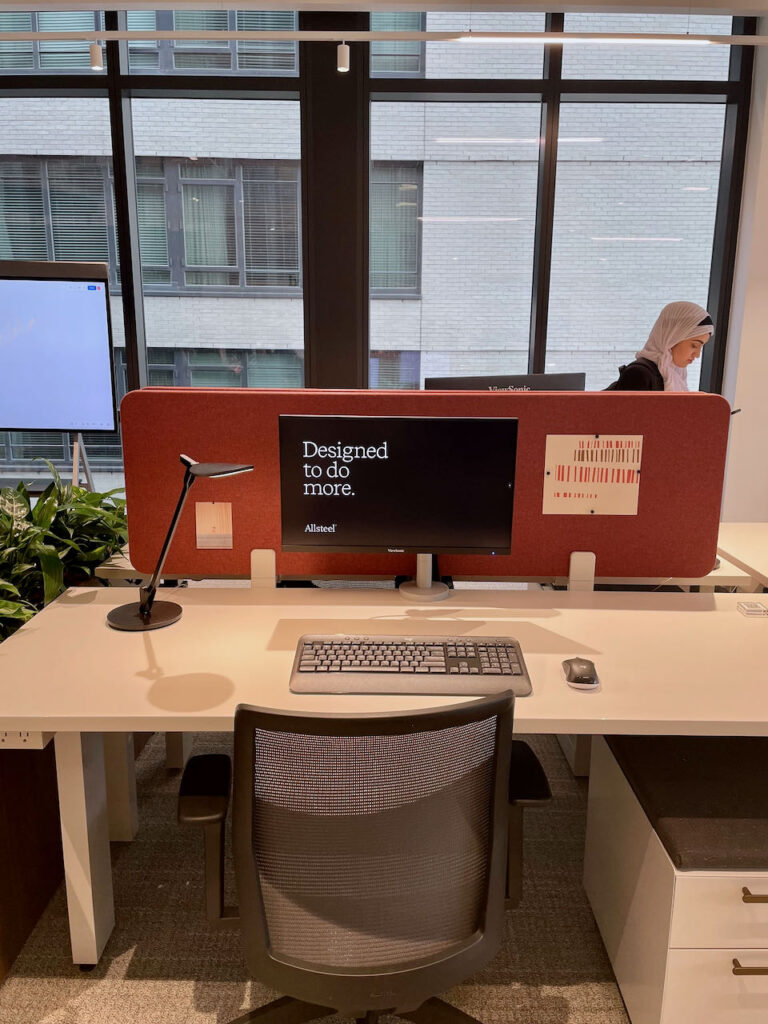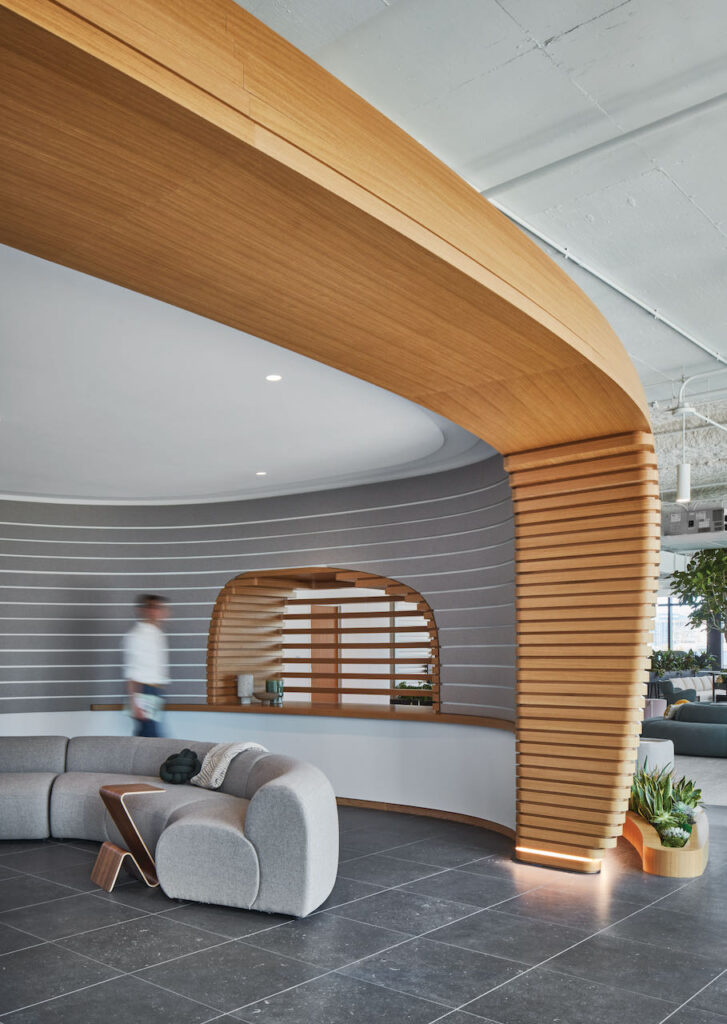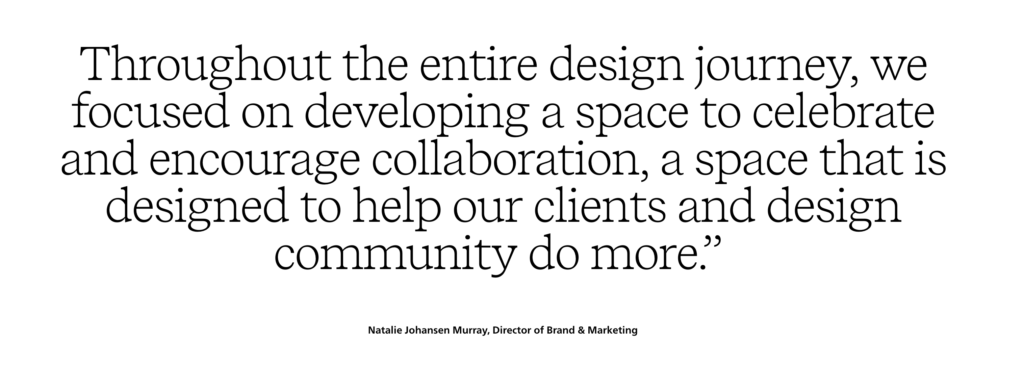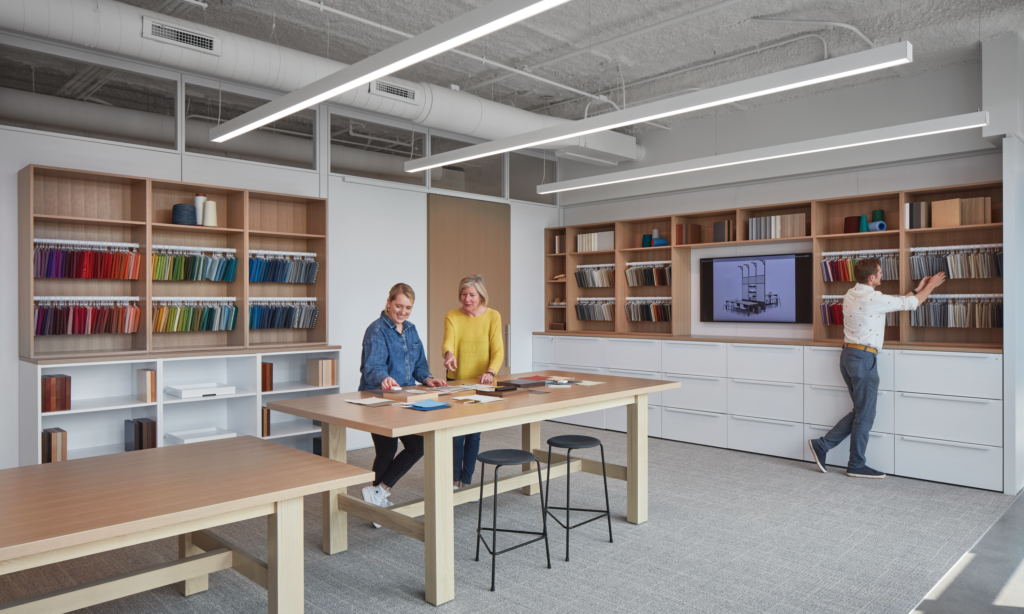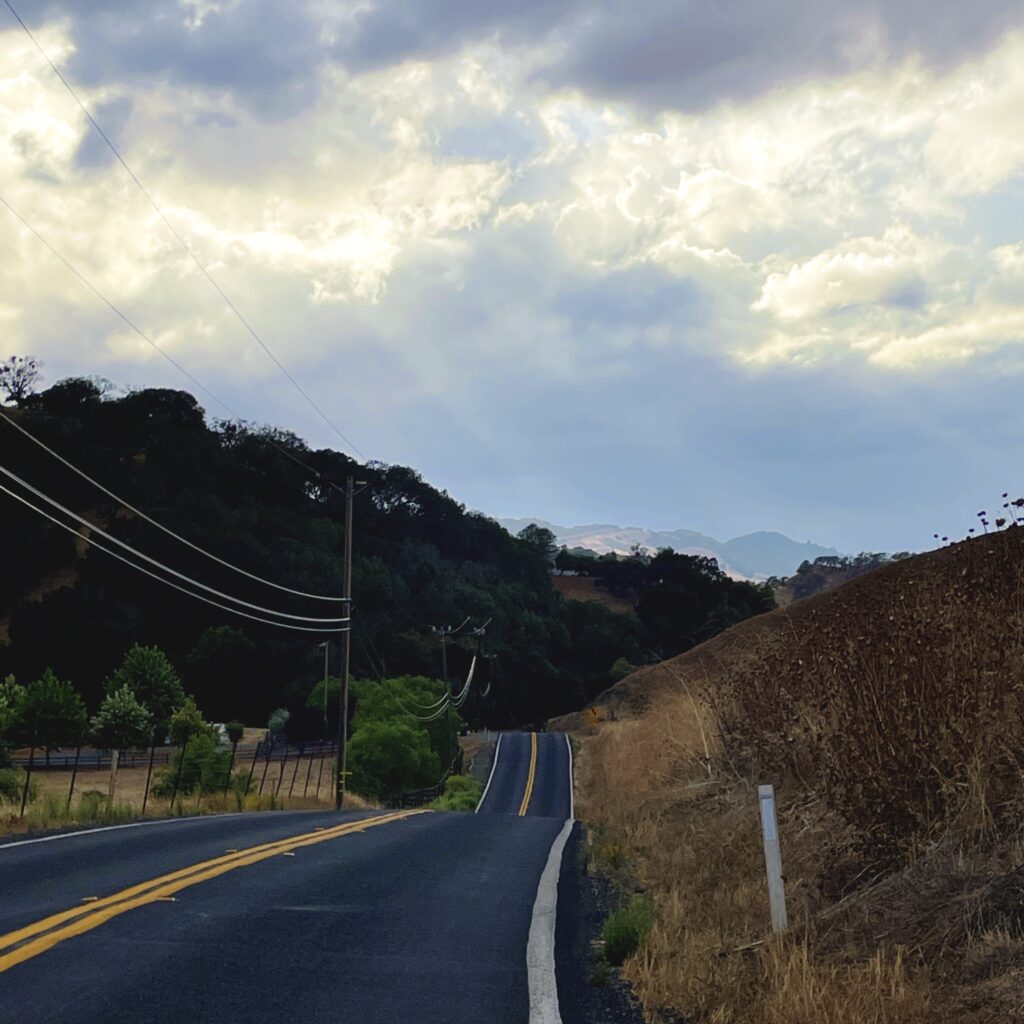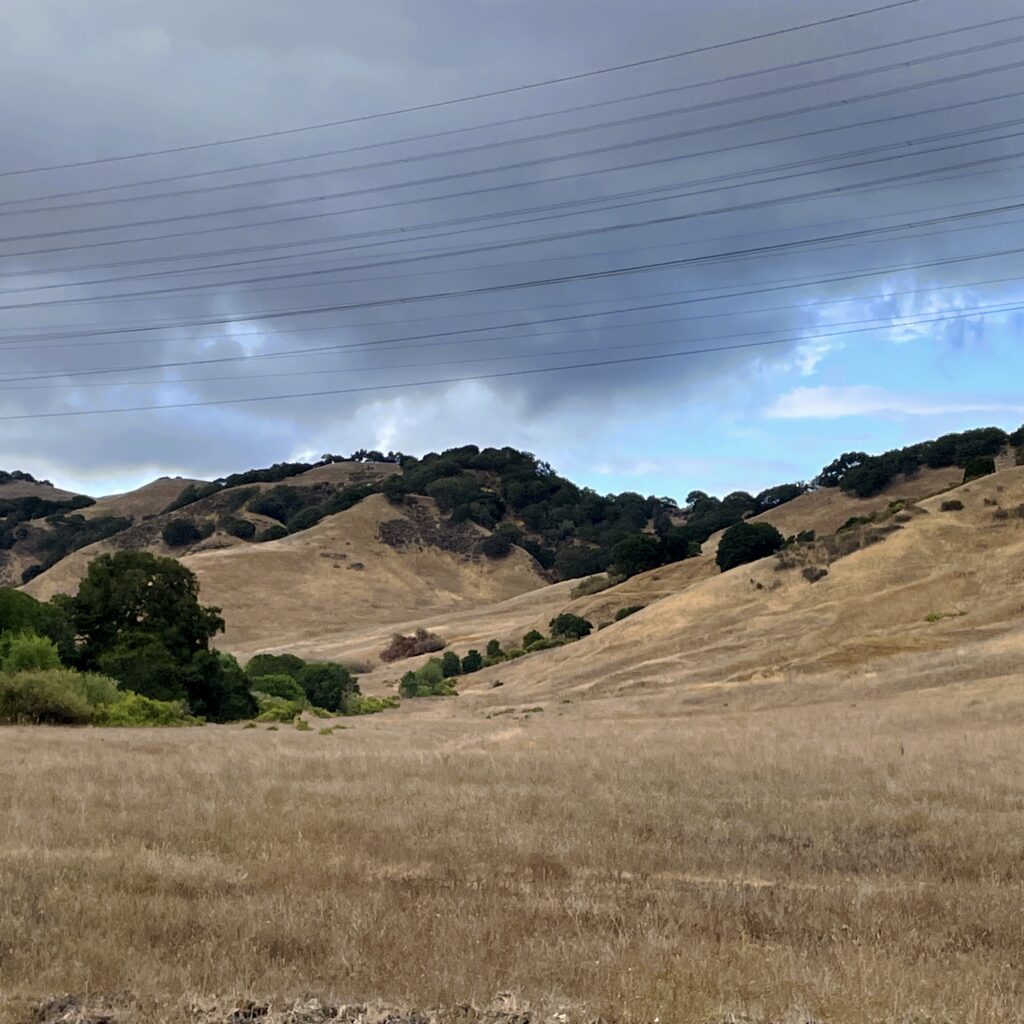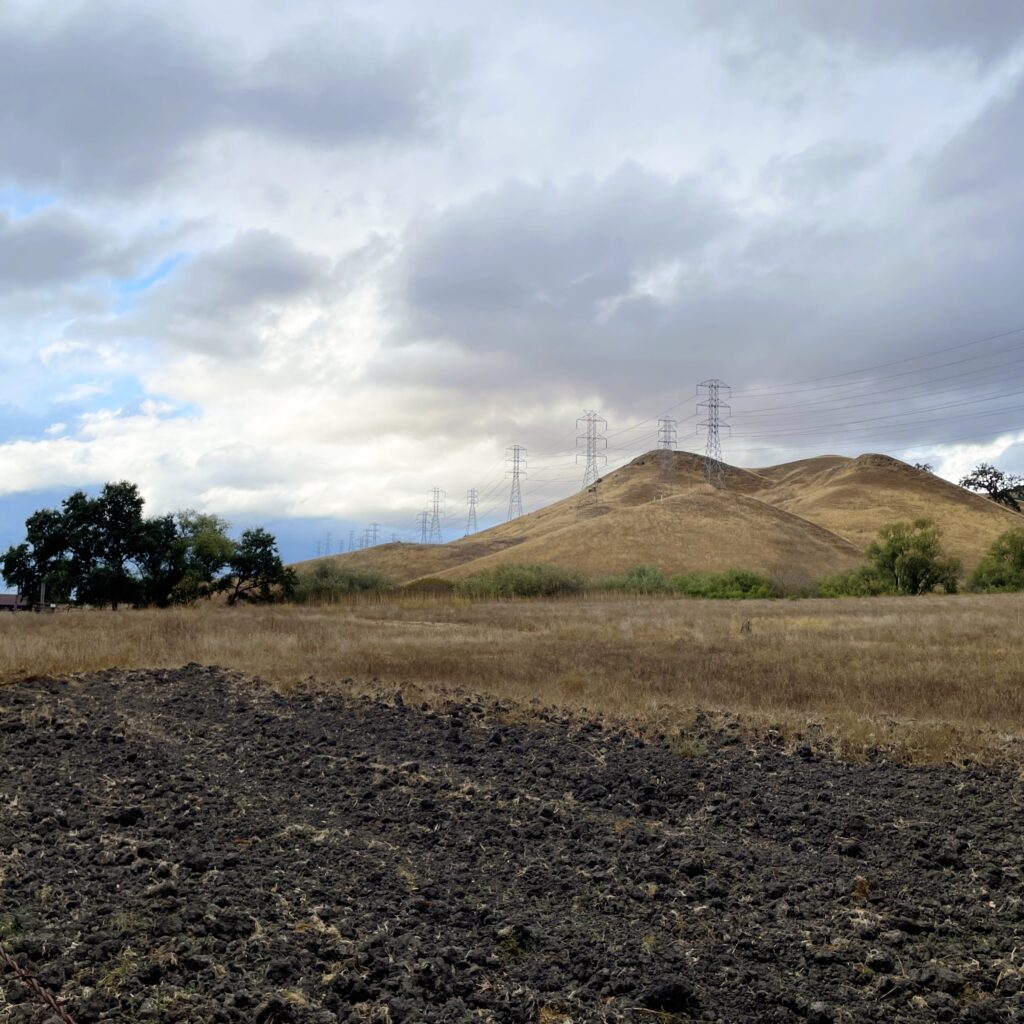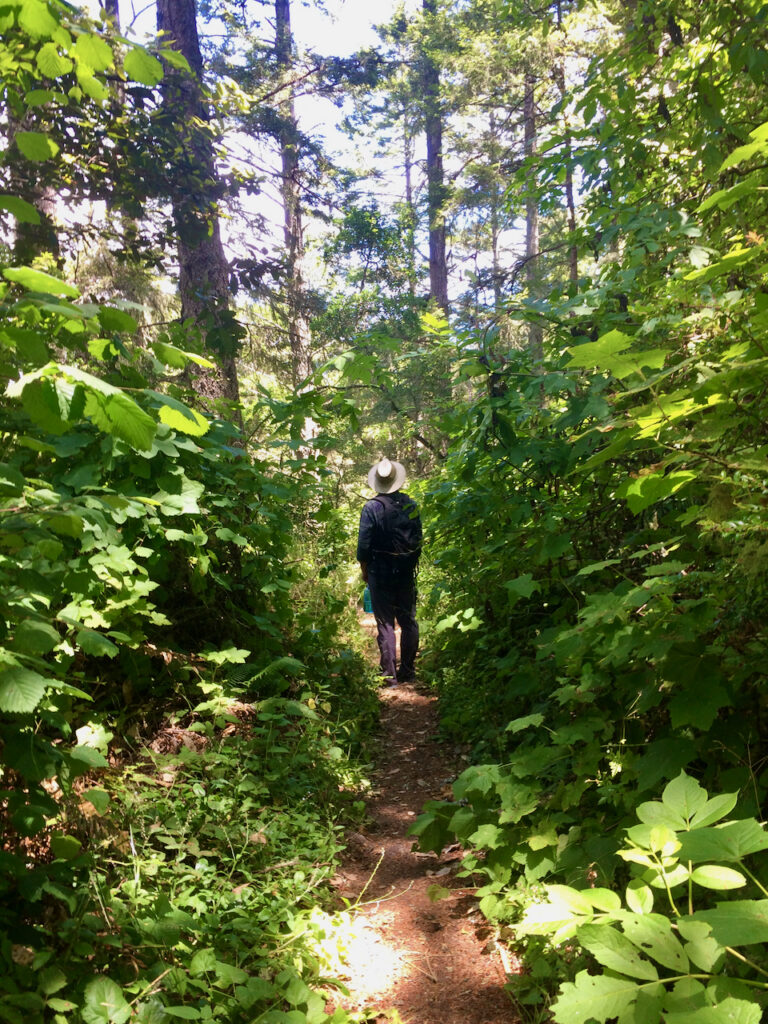Whoo! Back from a 1840 mile, 12 day solo driving trip home to Tucson. What a bittersweet trip, one of tears and mortality and also of life-affirming friendship and beauty and nature. The universe really came together on this one — my friend needed me, work didn’t, and being there is what I needed.
The sweet: Nowhere do I feel more calm and grounded than the Sonoran desert. It was unusually green and lush from the record monsoon season, and the desert welcomed me with beautiful sunsets and torrential rain and cooler temps. This desert speaks to my soul and being in it was a much needed balm. From the moment the terrain changed to a haze of striated, sharp mountains I knew I was in exactly the right place. This trip also coincided with a school reunion so a little extension made it possible to see old friends and celebrate still being here. And I bought some absolutely amazing art that will forever remind me of this trip and place.
The bitter? Well, first, this wasn’t a pleasure cruise. I was there to help a friend recovering from a distressing medical situation. (But spending time with her definitely goes in the sweet column!) There aren’t a lot of reasons I’d drive that far, but that’s one of them. Second, for years I talked about bringing my ex here, sharing my home with him and seeing it anew through his nature-loving eyes. We planned to hike here this winter. As I drove out through Gates Pass on the way to the Desert Museum and Saguaro National Park, tears flowed. I wanted so much to share these special places with him. He’d love it. There were a lot of miles alone with few distractions and I kept hitting pockets of grief. Third, I-5 is as unpleasant as I-10 is beautiful.
Soon I start a new job and I’m grateful to have had this time to connect with people and places that mean the world to me.
